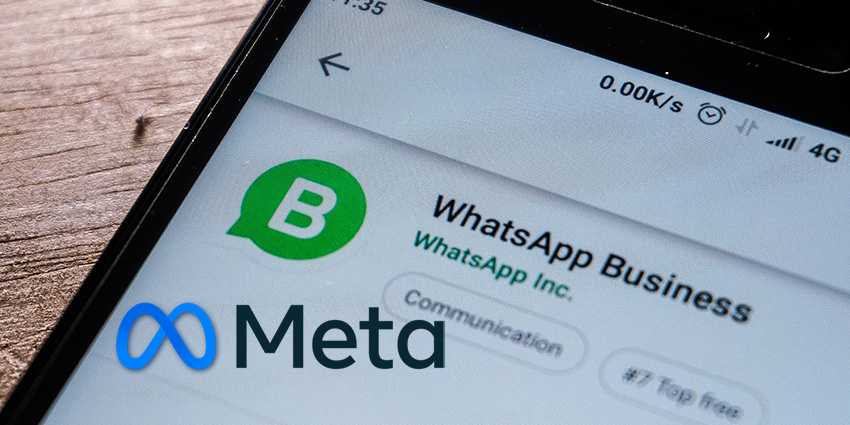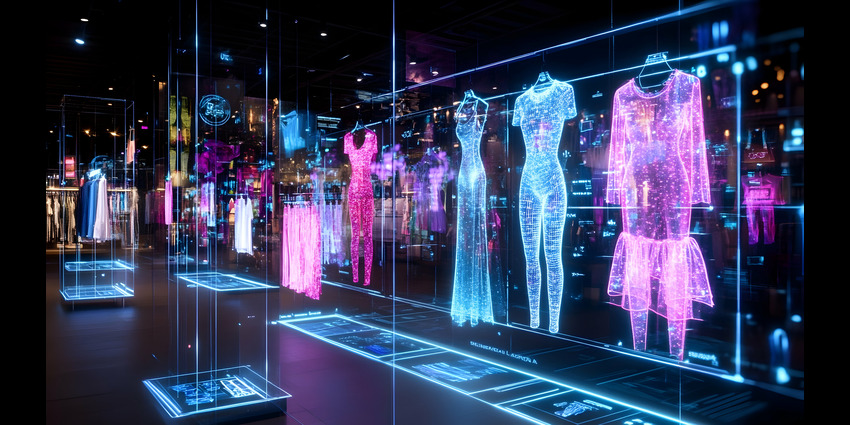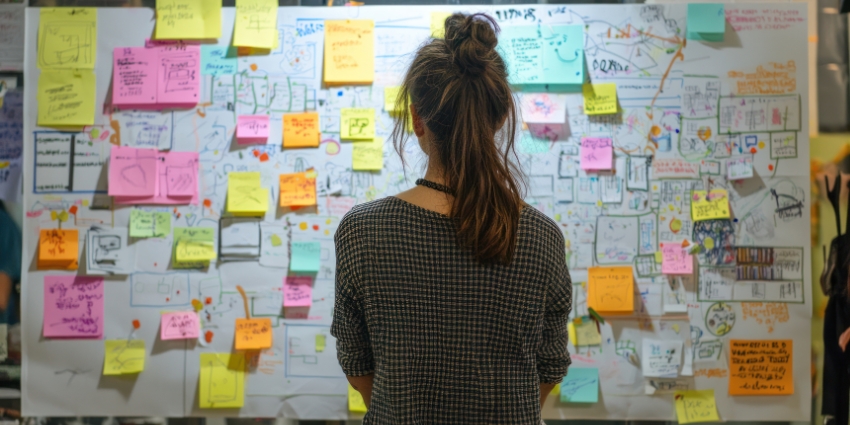Generative AI (GenAI) is a transformative tool, with many use cases aimed at improving the speed, efficiency, and helpfulness of customer experiences.
While many of those use cases are ubiquitous – like meeting summaries, automated note taking, and better customer service bots – some companies have gone beyond the norm.
Lots of projects haven’t seen the light of day. Yet, there are unique success stories that prove how GenAI can bolster key customer outcomes.
Here’s a closer look at ten major brands that have successfully augmented GenAI into their strategies to deliver next-gen customer experiences.
1. Booking.com Offers Personalized Holiday Recommendations
The travel sector has endured a rough few years since the pandemic. Airlines, tourism companies, and even travel agency sites are having to fight hard to win back consumer trust.
Booking.com is doing so by introducing a host of new and improved AI features into its website and app, designed to simplify and improve travel journeys.
For instance, the site’s Smart Filter tool uses GenAI to scan Booking.com’s inventory and give users a tailored list of locations to choose from based on their specific requests and preferences.
Additionally, its Property Q&A tool allows travelers to ask questions about a property and access instant answers, acting as a personal travel agent on standby 24/7.
2. Puma Generates New Product Visuals
Puma uses Google’s Imagen 2 on Vertex AI to generate custom, high-quality product visuals.
So, instead of showing the same shoe against the same white background, they can now place it in a street scene in Berlin or a tropical beach, whatever fits the vibe.
As such, customers see images that feel more realistic and relevant to them, which has increased engagement with the site, click-through rates, and conversions.
It’s also making Puma’s marketing strategy more agile, reducing the need for endless photoshoots and edits.
3. Coca-Cola Asks Customers to “Create Real Magic” with GenAI
Coca-Cola was one of the first companies to invest in a generative AI customer experience that asked customers to get involved and create their own unique content.
The “Create Real Magic” campaign gave fans access to brand elements and cutting-edge tools, like OpenAI’s DALL-E, asking them to create amazing artwork.
The response was massive, with thousands of customers getting involved.
Endless unique, AI-generated designs poured in, driving community growth, boosting social media hype, and giving Coca-Cola’s team access to tons of marketing assets.
Since then, Coca-Cola has continued experimenting with generative AI tools, creating AI video ads (some more successful than others), and reimagining media campaigns.
4. Delta Airlines Designs a Customer Concierge
Delta Airlines introduced a smart, concierge-style AI assistant in its app, powered by generative AI.
Yet, this isn’t the average chatbot. Indeed, it offers real-time updates, provides personalized travel suggestions, and even suggests personalized pricing deals.
The AI now handles routine travel questions, reducing contact volumes, shortening wait times, and freeing up agents to focus on more complex issues.
Delta is now planning to apply AI to various other corners of its business, create connected experiences with Amazon Bedrock, streamline operations, and use AI solutions to drive dynamic pricing and revenue growth.
5. PODS Creates “the World’s Smartest Billboard”
PODS, the moving and storage company, created a billboard attached to a van that adapts as it drives through different neighborhoods, changing its message.
The company did so by first training a Gemini model in Vertex AI. It then uploaded project plans, brand guidelines, video transcripts, and more.
From there, it asked Gemini to generate unique headlines for each neighborhood, pulling in live data from Google Cloud. That included time of day, weather, traffic conditions, and more.
Coined “the world’s smartest billboard” by the advertising agency Tombras, the innovation secured a 60 percent increase in online visits and a 33 percent increase in quote requests in just a week.
6. Hopper Automates Voice Experiences
While Hopper offered chat-based and self-service AI options in the past, in 2024, it dove deeper into the voice space.
Indeed, the online travel marketplace developed front-end GenAI agent, focused explicitly on voice interactions. Its agent was trained on actual customer interactions, fine-tuned on high-volume queries, and rolled out with clear guardrails.
Now, the AI handles 10-15 percent of repetitive questions about things like refunds, cancellations, and travel changes quickly, with human agents stepping in at planned moments.
Yet, the company stood out most for openly sharing its experiences of evolving its conversational AI strategy, offering best practices from focusing on your top five demand drivers first to moving past metrics like containment and deflection.
7. JPMorgan Develops an AI Coach
When markets get shaky, clients don’t want to hear “Let me check and get back to you.” They want answers fast. That’s why JPMorgan decided to upgrade its generative AI customer experience strategy in a period of economic turmoil.
The Coach AI assistant helps wealth advisors instantly pull relevant research, draft recommendations, and prep for meetings without the usual scramble. The aim is to have a market analyst, assistant, and strategist rolled into one.
Between 2023 and 2024, JPMorgan saw a 20 percent increase in gross sales driven by sharper, faster client interactions. The bank also saved $1.5BN across its operations thanks to AI tools helping with fraud detection and decision-making.
But the real win is in the client experience. Advisors are better prepared, conversations are more strategic, and customers are noticing the difference.
8. Amarra Writes Product Descriptions with GenAI
Selling prom and bridal gowns may not sound high-tech, but Amarra is using AI to completely rethink how it runs its e-commerce business.
Using generative AI, Amarra creates high-quality product descriptions that actually convert. Instead of writing copy manually for thousands of gowns, the AI generates detailed, SEO-friendly descriptions in seconds.
Behind the scenes, AI also helps Amarra manage inventory and logistics, reducing overstock by 40 percent.
In doing so, it spots trends in what people are searching for or returning, and uses that to guide decisions on what to stock and promote.
As a result, Amarra can deliver a polished, responsive customer experience that rivals much larger retailers.
9. Intuit Speeds Up Tax Returns
Intuit is the company behind TurboTax, which helps US-based taxpayers prepare their filings.
The company has partnered with Google Cloud, building its visual recognition platform, Gemini models, and Doc AI into a proprietary GenOS offering.
In doing so, it streamlines customers’ “done-for-you” tax returns by unpacking high data comprehension capabilities and auto-filling fields.
As such, customers can accelerate their tax return while lowering the probability of human error.
10. Klarna Rips Up Its Tech Stack
Klarna was one of the first companies to experiment with generative AI customer experience upgrades, way back when ChatGPT first launched.
Indeed, it was the first European company to launch its own ChatGPT plugin.
Over the past two years, Klarna has used GenAI to develop an AI-assisted shopping experience, handling “over two-thirds of customer service chats” with a single assistant.
Since then, it declared its intent to reimagine its tech stack with GenAI and replace sparsely leveraged technologies. However, it has since dialled down these claims.
The Future of Generative AI in Customer Experiences
These case studies prove that generative AI solutions are becoming increasingly central to many brands’ customer experiences.
Yet, it’s not just about using GenAI to automate answers to FAQs anymore. The right tools can enhance every stage of the customer journey.
As the next era of AI looms, with the rise of agentic tools, companies will have even more opportunities to implement intelligence into every customer-facing process, from marketing and sales to onboarding, service, and retention management.
Going forward, customer journeys will be more personalized, aligned, and immersive than ever. The businesses that get ahead now, exploring their own AI use cases, will be the ones that grow fastest in the years to come.







